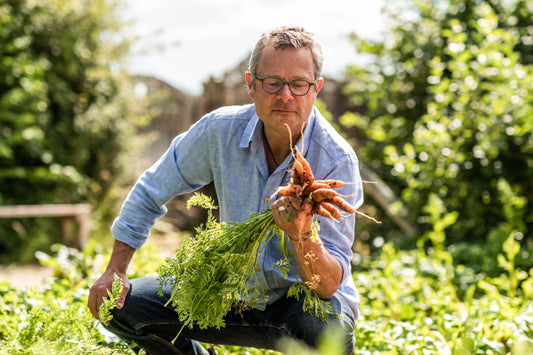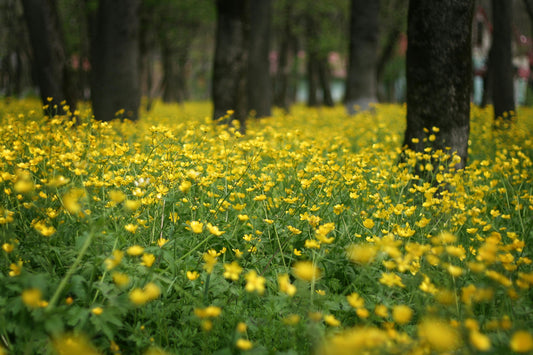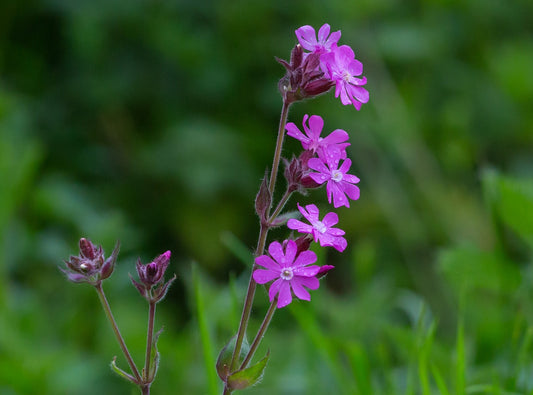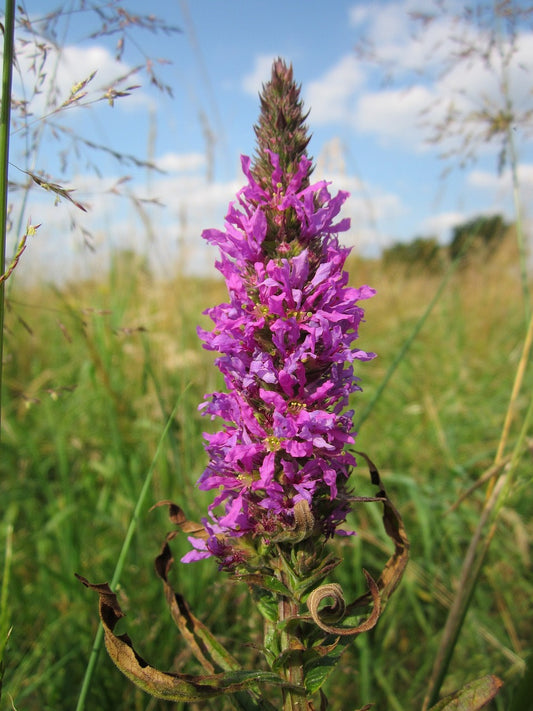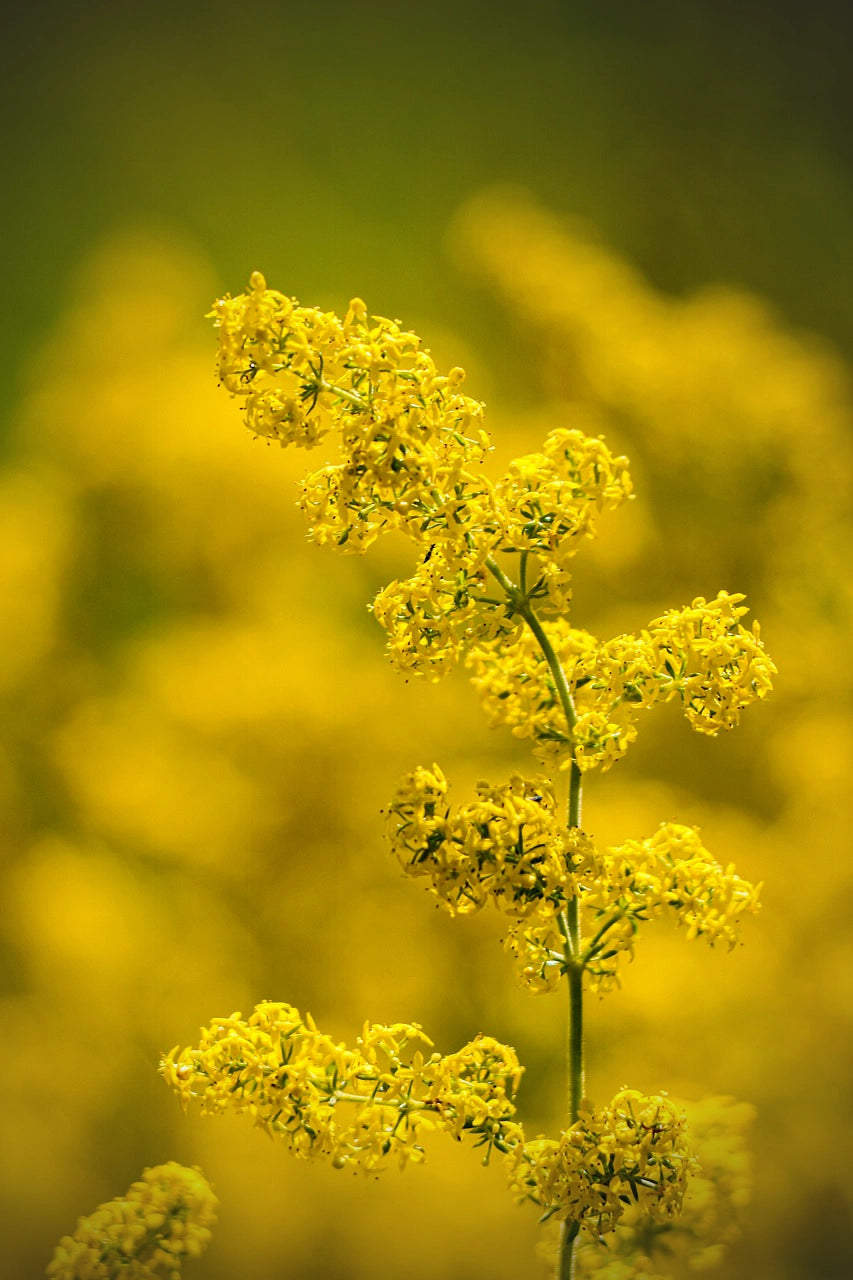
Growing Lady’s Bedstraw: A Guide to Cultivating This Delightful Wildflower
Planting Lady’s Bedstraw: A Comprehensive Guide to Growing This Charming Herb
Lady’s Bedstraw (Galium verum) is a delightful herb with a rich history and a variety of uses. From its fragrant flowers to its practical applications, this guide provides all the information you need to successfully plant, care for, and enjoy Lady’s Bedstraw in your garden.
What is Lady’s Bedstraw?
Lady’s Bedstraw is a perennial herb native to Europe and Asia. Known for its small, star-shaped yellow flowers and sweet fragrance, it has been used historically in herbal medicine and as a natural dye. Its dense, mat-like growth makes it an attractive ground cover plant as well.
Benefits of Growing Lady’s Bedstraw
There are numerous benefits to planting Lady’s Bedstraw. The plant is valued for its beauty, with clusters of delicate yellow flowers that attract pollinators such as bees and butterflies. Additionally, Lady’s Bedstraw can be used in herbal remedies, and its leaves were traditionally used for stuffing mattresses.
Best Time to Plant Lady’s Bedstraw
The optimal time to plant Lady’s Bedstraw is in spring or autumn. Spring planting allows the herb to establish as the weather warms up, while autumn planting enables the plant to start growing before winter sets in, leading to an earlier start in the spring.
Choosing the Right Location for Lady’s Bedstraw
Lady’s Bedstraw prefers a sunny or partially shaded location. It thrives in well-drained soil and is tolerant of a range of soil types, including sandy and loamy soils. Ensure that the planting area has good air circulation and avoid locations prone to waterlogging.
Preparing the Soil for Lady’s Bedstraw
1. Soil Preparation: Remove weeds and debris from the planting area. Loosen the soil to a depth of about 15 cm (6 inches) and incorporate compost or well-rotted manure to improve soil fertility and drainage.
2. Soil pH: Lady’s Bedstraw prefers a slightly acidic to neutral pH. Aim for a pH range of 6.0 to 7.0 for optimal growth.
How to Sow Lady’s Bedstraw Seeds
1. Sowing Seeds: Scatter the Lady’s Bedstraw seeds evenly over the soil surface. Lightly rake the soil to cover the seeds with a thin layer of soil or compost. The seeds need light to germinate, so avoid planting them too deeply.
2. Watering: Keep the soil moist until germination occurs. Once the seedlings are established, Lady’s Bedstraw is relatively drought-tolerant but will benefit from occasional watering during dry spells.
Caring for Lady’s Bedstraw Plants
Lady’s Bedstraw requires minimal care once established. Regular weeding and occasional watering will help the plants thrive. Mulching around the base can help retain moisture and suppress weeds.
Common Pests and Diseases
Lady’s Bedstraw is generally resilient to pests and diseases. However, be on the lookout for aphids and fungal diseases such as rust. Maintaining good garden hygiene and proper spacing between plants can help prevent these issues.
Harvesting Lady’s Bedstraw
Harvest Lady’s Bedstraw flowers when they are in full bloom. The flowers can be used in herbal teas or dried for various uses. For the best results, harvest in the morning after the dew has evaporated.
Companion Plants for Lady’s Bedstraw
Lady’s Bedstraw pairs well with other ground cover plants like creeping thyme and chamomile. These companions can enhance the overall aesthetic and health of your garden.
Conclusion
Planting Lady’s Bedstraw is a wonderful way to add beauty, fragrance, and historical charm to your garden. With its ease of care and numerous benefits, Lady’s Bedstraw is an excellent choice for gardeners looking to diversify their plantings. Follow these guidelines for successful planting and enjoy the rewards this delightful herb has to offer.
Happy gardening, and follow more of our blogs for other useful planting tips.

